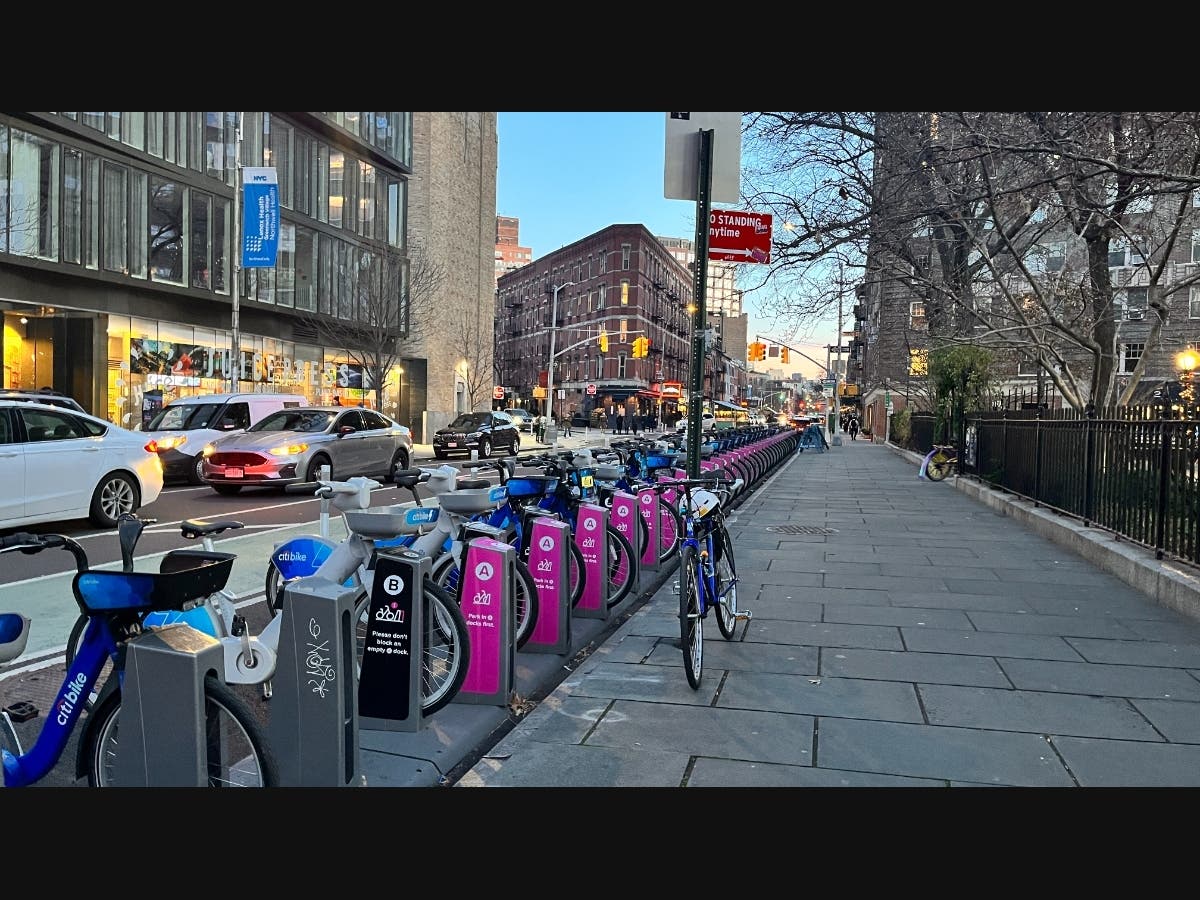Neighbor News
A community board dared to ask: Is there a “right" amount of parking?
How a need for parking data led a community board to undergo a foundational parking supply count to reveal much more than parking spaces.
Despite New York City's reputation for low car ownership, streets get crammed with parked cars. Community boards play a pivotal role in addressing the unique needs of the city's 59 community districts. Board members must often advocate for data that helps inform decision-making related to the traffic, transportation, public safety, and environmental issues that immediately impact their residents or those who visit or do business in the district.
However, the pandemic brought significant and permanent changes to the streetscape of New York City. Outdoor dining areas and bike-share structures radically and rapidly replaced parked cars, presenting new challenges for how community boards navigate novel curb proposals. From the sudden surge in delivery services to the containerization of trash, the uptick in the need for data –such as a district-wide breakdown of parking supply and demand allows districts to understand better just how much land use goes toward those parked cars, delivery services, bike racks, or restaurant sheds.
The CB2 district is home to the renowned neighborhoods of Noho, Soho, Greenwich Village, Hudson Square, the West Village, Little Italy, and parts of Chinatown. Millions of tourists from near and far visit the district known worldwide for its famous shops, entertainment venues, and restaurants. Visitors bring additional cars into the district, which houses approximately 11,000 vehicles. Understanding the district's capacity for handling vehicles was a crucial aspect of the parking project. As a 2023-2024 Community Planning Fellow, I was privileged to undertake the research.
Find out what's happening in Washington Heights-Inwoodwith free, real-time updates from Patch.
The uniqueness of this project required original data (New York City does not have parking data at the community district level), but this would reveal a plethora of new ways to look at street use. In addition to a total count of parked cars, the study revealed vital data that informed future opportunities related to pavement use, parking regulations, and curb management. These findings are not just numbers but valuable insights that could help shape the future of curb use in CD2.
Many of the findings were data never seen by Community Board 2, which considered its replicability so that other districts could do similar studies. Having parking data at the district level allows community boards to create a pathway from which to share and compare curb usage and efficiencies. Replicating the methodology can be possible with the help of research volunteers. Contact Community Board 2 or email me at [email protected] to learn more about this study.
Find out what's happening in Washington Heights-Inwoodwith free, real-time updates from Patch.
Parking in CD2? Here are some FAST FACTS:

